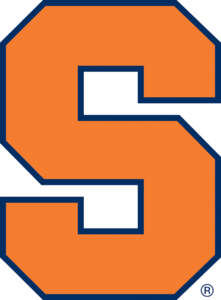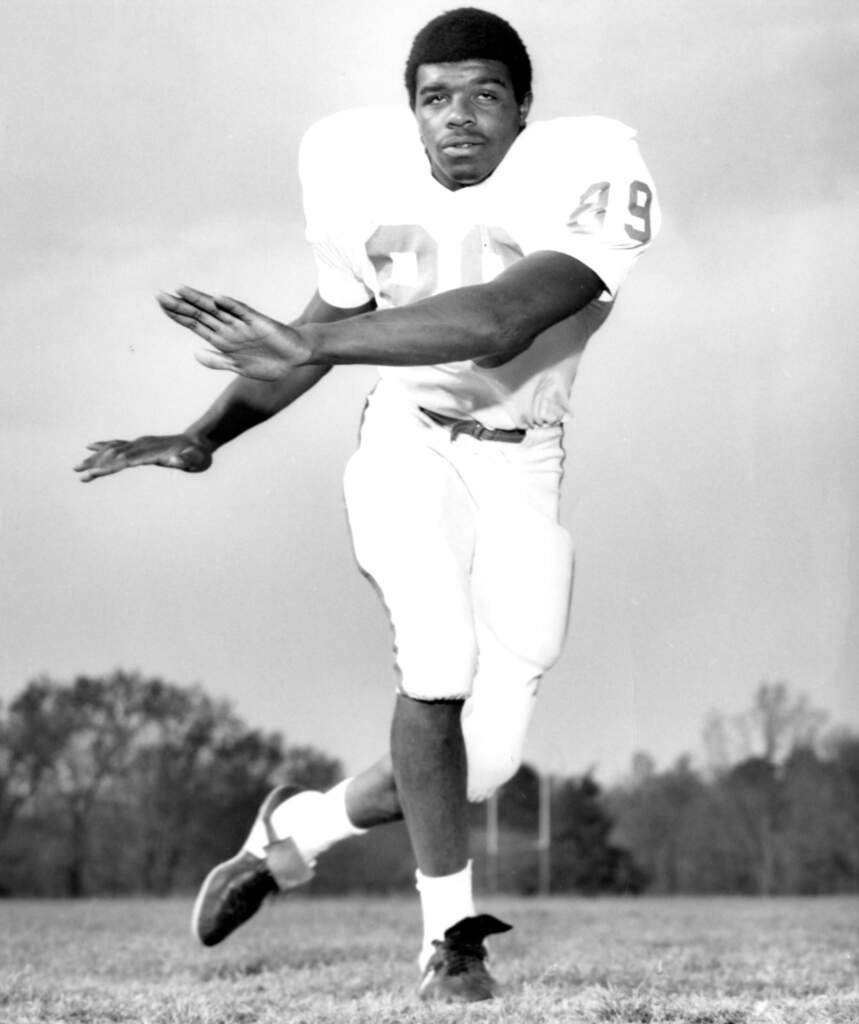Clemson vs. Wake Forest Series
- Clemson owns 59 wins over Wake Forest in history, its second highest victory total over any opponent. Clemson has 65 wins over South Carolina. Forty-nine of those wins against Wake Forest have taken place since the ACC was formed in 1953. Clemson is 35-7 against Wake Forest in games played in Clemson and is 30-7 in Death Valley in the series that dates to a 13-0 Clemson win in Charlotte in 1933.
- Clemson has won three in a row in the series, all under Head Coach Dabo Swinney, by a combined score of 99-41. The Tigers won last year 31-28 on a 43-yard field goal by Chandler Catanzaro on the last play of the game. Clemson won 30-10 the last time the two teams met at Winston-Salem, and 38-3 at Clemson in 2009. Wake Forest’s last win was by a 12-7 margin in 2008 in Tommy Bowden’s last game as Clemson head coach.
- Wake Forest Coach Jim Grobe has a 3-8 record against Clemson in his 11 previous years at Wake Forest. All three of the wins have taken place at Wake Forest. He is 0-5 in Death Valley and Wake Forest has not won at Clemson since 1998 when Jim Caldwell coached the Demon Deacons to a 29-19 win. Wake Forest has won just twice at Clemson since 1962 and Caldwell won both games. He also defeated Clemson in 1993, Ken Hatfield’s last year as Clemson coach.
- Clemson won the 2006 game at Wake Forest, 27-17. The late Gaines Adams had a game changing 66-yard fumble return on a botched field goal attempt in the fourth quarter to cut the Demon Deacons lead to 17-10. The Tigers scored 24 points in the fourth period to gain the victory. C.J. Spiller had a 72-yard run in that game. Wake Forest went on to win the ACC Championship that year.
- Clemson played at Wake Forest three times in a four-year period from 2003-06. Clemson was 1-2 at Wake Forest during that time. The Deacs won 45-17 in 2003 against a Clemson team that finished the year 9-4 and ranked in the top 25 in the nation. Clemson won four in a row after that game and Wake Forest lost its last three games. Wake Forest also won in 2005 at Winston-Salem.
- Clemson has a 49-9-1 edge in the series since 1953 or since the formation of the ACC, a .835 winning percentage. Clemson has played Wake Forest in football 59 consecutive years, as the last year the two schools did not play was 1952. The two schools are in the same division, so they will continue to play annually.
- Clemson has a 21-10-1 lead in the series in games played at Wake Forest, including 13-6-1 in games played at Groves Stadium.
- Only one coach in history won as many as four games against Clemson without a loss in Death Valley and the coach was from Wake Forest. Frank Howard and Peahead Walker had a close friendship, but Peahead had a 4-0 record against Howard in Death Valley.
- Walker fielded some tough teams, but lost five in a row to the Tigers (1937-41), including his first two outings against Frank Howard, 39-0 and 29-0, after Jess Neely’s departure to Rice in 1940.
- Peahead’s response was to win six in a row against Howard (1942-47), knocking #16-ranked Clemson out of a likely AP “top 20” finish in 1945 with a season-ending 13-6 victory. Even if Peahead conceded that three of his wins (1942-44) were during Howard’s depleted “war years,” he still held a 3-2 edge over his soon-to-be comedic partner on the gridiron speaking circuit.
- In the final three years of the Howard-Walker rivalry (1948-50), both the Tigers and Deacons were at their strongest. In going undefeated in both 1948 and 1950, Clemson faced only one “top 20” team in regular season play each year: Peahead’s #19 Wake Forest in 1948 and his #17 Deacs in 1950, both on the road. Howard’s 21-14 and 13-12 wins, respectively enabled his Tigers to finish #11 and #10 in the nation; Peahead’s 1948 Deacons settled for a #20 national ranking.
- At Clemson in 1949, Wake Forest decisively defeated the home team, 35-21, which means the Howard-Peahead rivalry ended in a 4-4 tie if one disregards the “war years.” Howard was 16-1-1 against the Deacons after Peahead’s departure (1951-69).
- Clemson had a 7-3 record against Wake Forest under Tommy Bowden, but five of the seven Clemson wins were decided by 10 points or less.
- The two teams have played at three neutral sites games over the years, including Tokyo, Japan. Clemson won that game in 1982 by a 21-17 score to close out an ACC Championship season.
- Clemson defeated a Wake Forest team on Halloween Day 1981 by an 82-24 score. That is the highest scoring game in ACC history involving two league teams. Clemson was 12-12 on third down in that game, still a school record. The Tigers went on to win the national championship that season.
Last Year vs. Wake ForestClemson 31, Wake Forest 28 – Clemson Memorial Stadium There is a sign that is displayed in the Clemson locker room that reads, “Never, ever, ever give up.”
The #9 Tigers obeyed that message to their fullest in Death Valley as Chandler Catanzaro booted a 43-yard field goal as time expired to complete one of the best comebacks in Clemson history. It also clinched the ACC Atlantic Division Championship at the same time.
Catanzaro’s game-winner lifted Clemson to a 31-28 victory over Wake Forest, who led by 14 points following Brandon Pendergrass’ 33-yard touchdown run with 5:32 left in the third quarter. It was the third time this season the Tigers rallied from 14 or more points to earn a win. Clemson had overcome a 14-point deficit to win just nine times in 115 previous seasons.
Thanks to a 50-yard punt return for a score by Mike Campanaro and two turnovers that led to Pendergrass scores, Wake Forest built a 28-14 lead in the third quarter.
Tajh Boyd led the comeback by answering Pendergrass’ second third-quarter score with a seven-yard touchdown pass to Brandon Ford, who had three receptions for 51 yards. That touchdown capped a 10-play, 68-yard drive that saw Boyd connect on 5-5 passes for 58 yards thanks in large part to the blocking of center Dalton Freeman, who was named ACC Offensive Lineman-of-the-Week.
It was a nice bounce-back for Boyd, whose interception on the previous drive set up Pendergrass’ 33-yard score. Boyd finished the game 27-43 passing for 343 yards and two touchdowns, but until that final drive in the third quarter, he had not played as well as he had through the first nine games of the season.
After getting the ball back, Clemson moved from the shadow of its own goal line to its own 33, but faced a fourth-and-inches. Swinney elected to go for it, but Boyd was stuffed.
Wake Forest’s Jimmy Newman then missed wide-left on a 32-yard field-goal attempt with 8:45 remaining in the game, giving Clemson new life.
“After that, I tried to put the ball in our playmakers’ hands, and that’s all I can ask for,” added Boyd. “I’m glad they made plays.”
Those plays consisted of a third-down pass to DeAndre Hopkins, then an eight-yard pass to Jaron Brown and a 20-yard pass to Ford, which set the Tigers up at the Wake Forest 12. Two plays later, Boyd connected with Brown for 10 yards over the middle for the equalizing score with 5:27 left in the game.
Clemson did all of this after Sammy Watkins, who became just the fourth Tiger to eclipse 1,000 receiving yards in a season, left the game with a shoulder injury in the third quarter.
With the score tied, it became the defense’s turn to step up. After a disappointing third quarter in which it allowed Pendergrass to reach 100 yards in the game after his two touchdown runs, it held the Demon Deacons to only five yards of offense on their last two drives.
 Duke
Duke 
 Florida State
Florida State  Louisville
Louisville  Furman
Furman  South Carolina
South Carolina  LSU
LSU  Troy
Troy  Georgia Tech
Georgia Tech  Syracuse
Syracuse  North Carolina
North Carolina  Boston College
Boston College  SMU
SMU 






